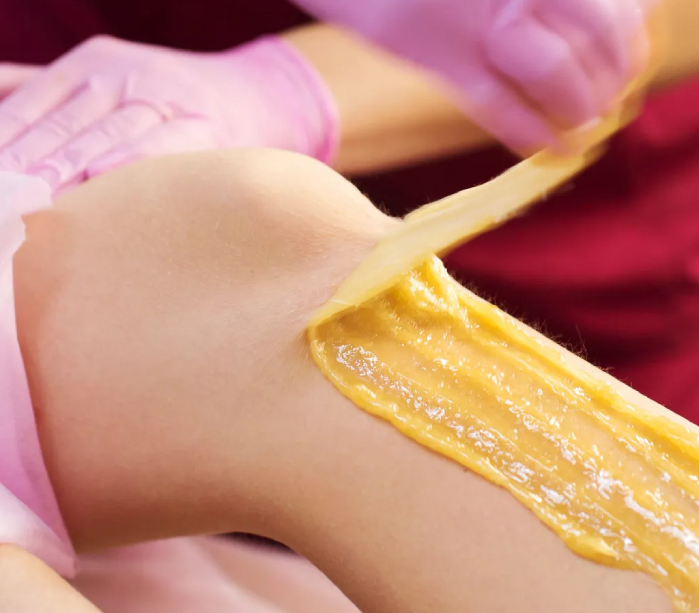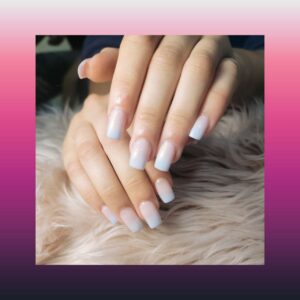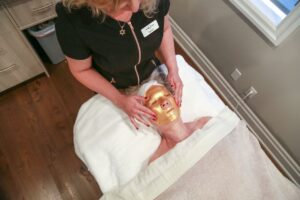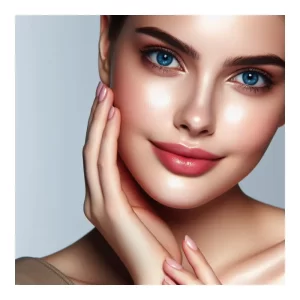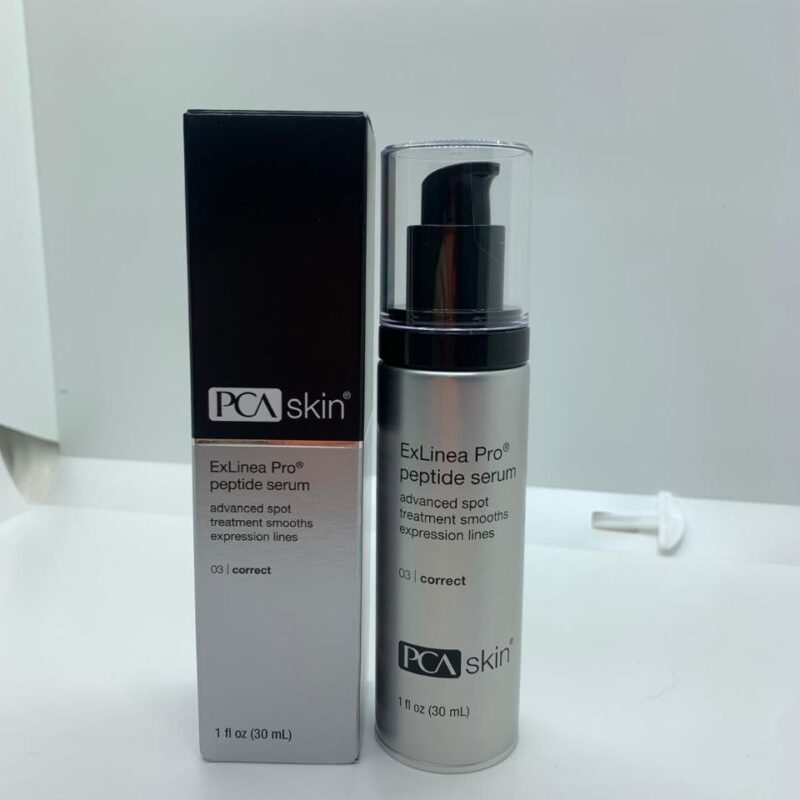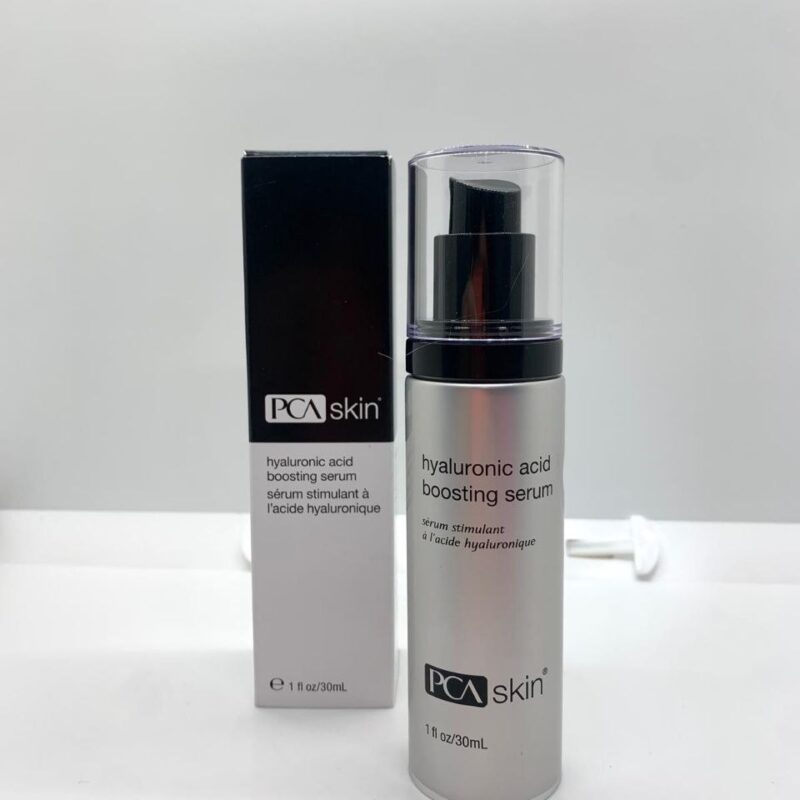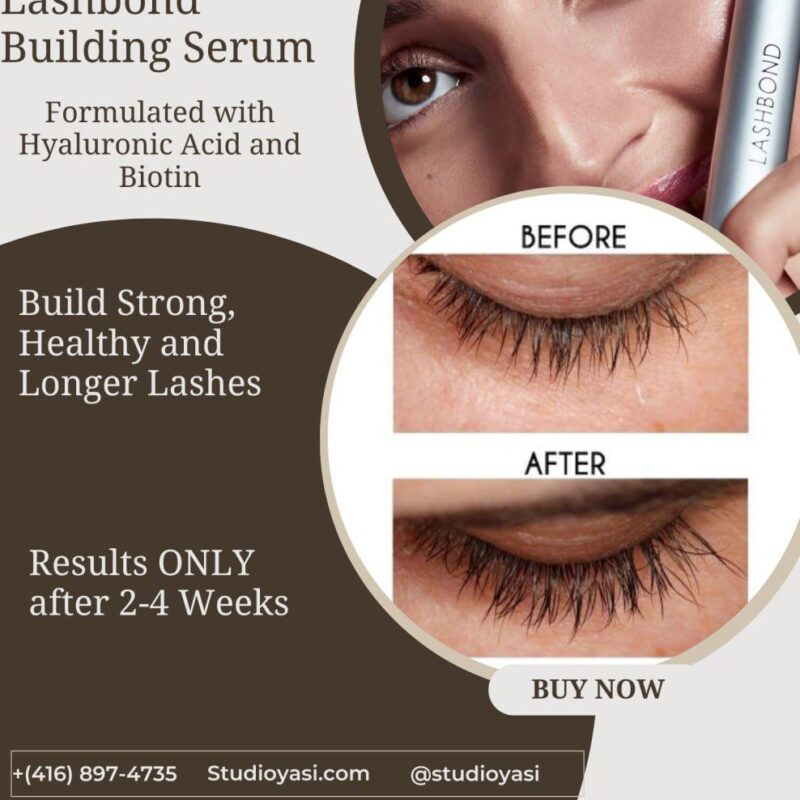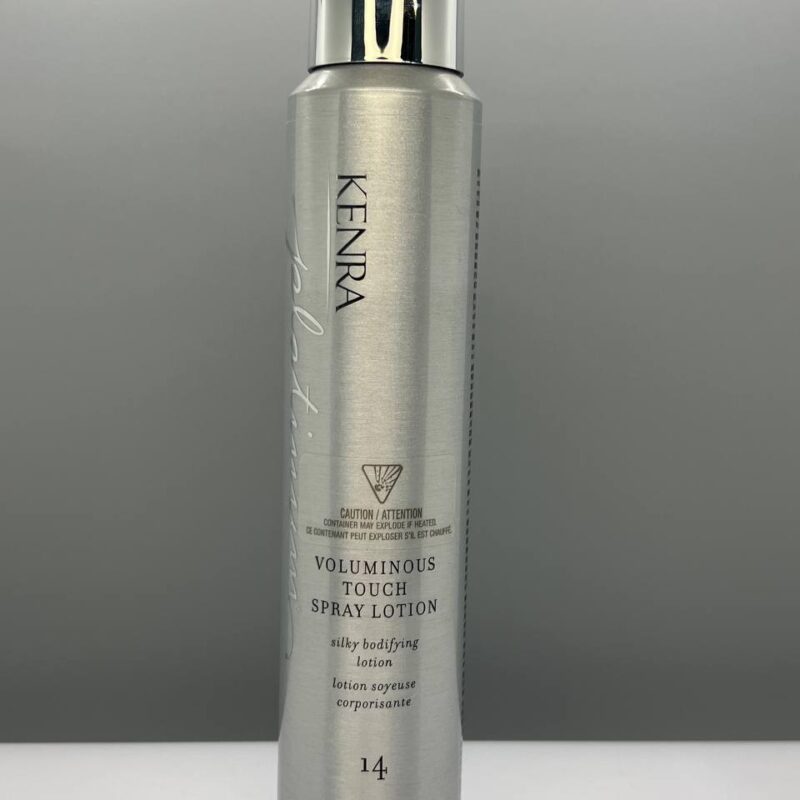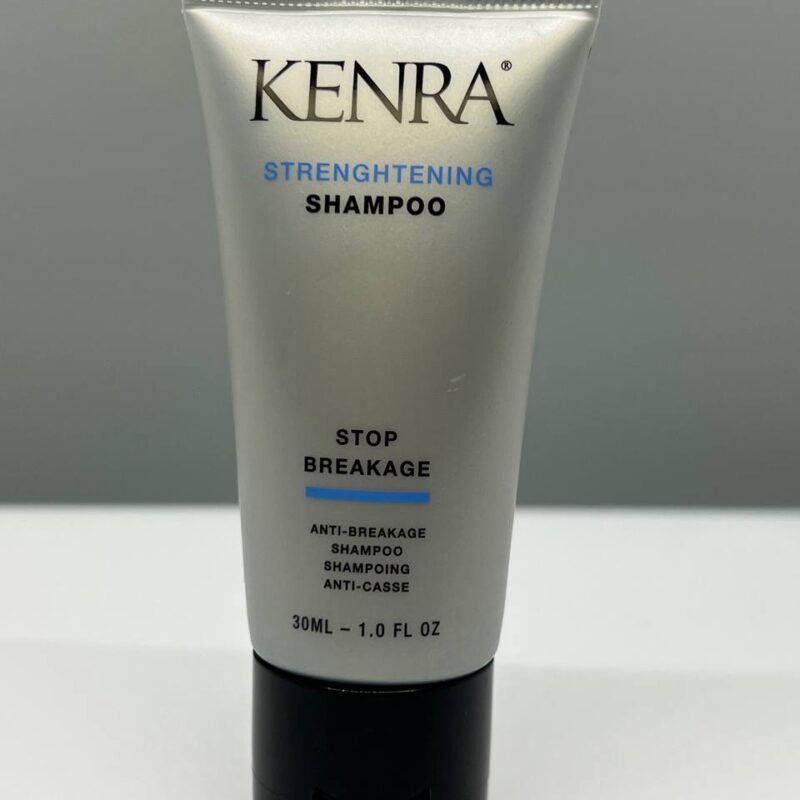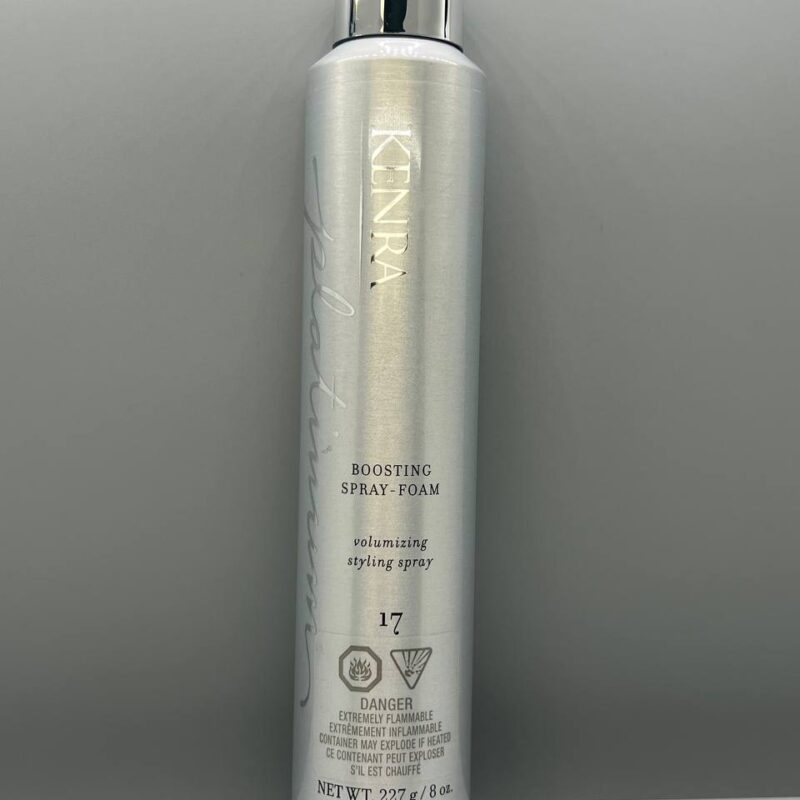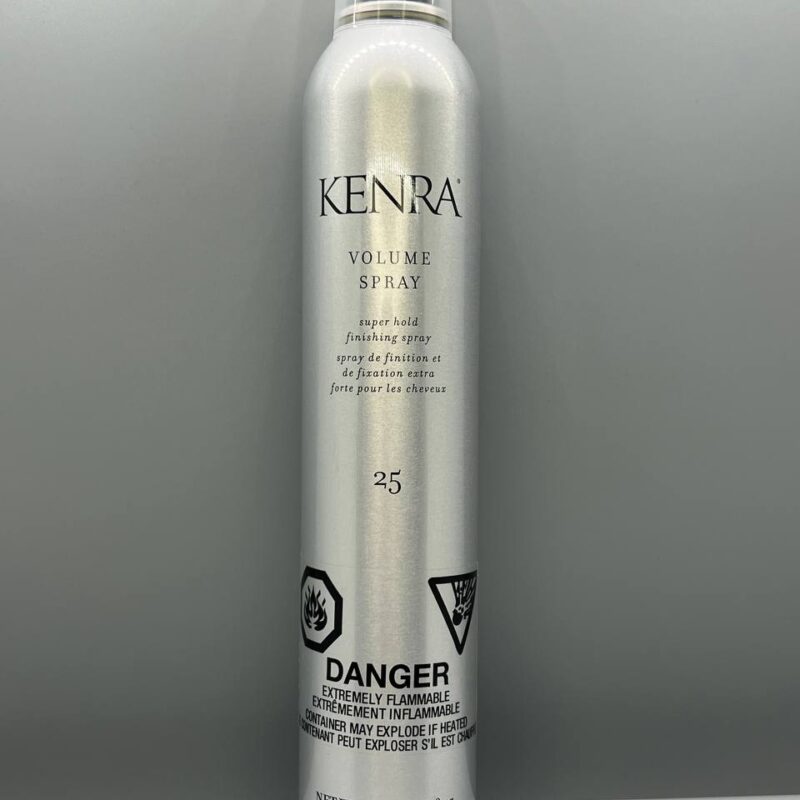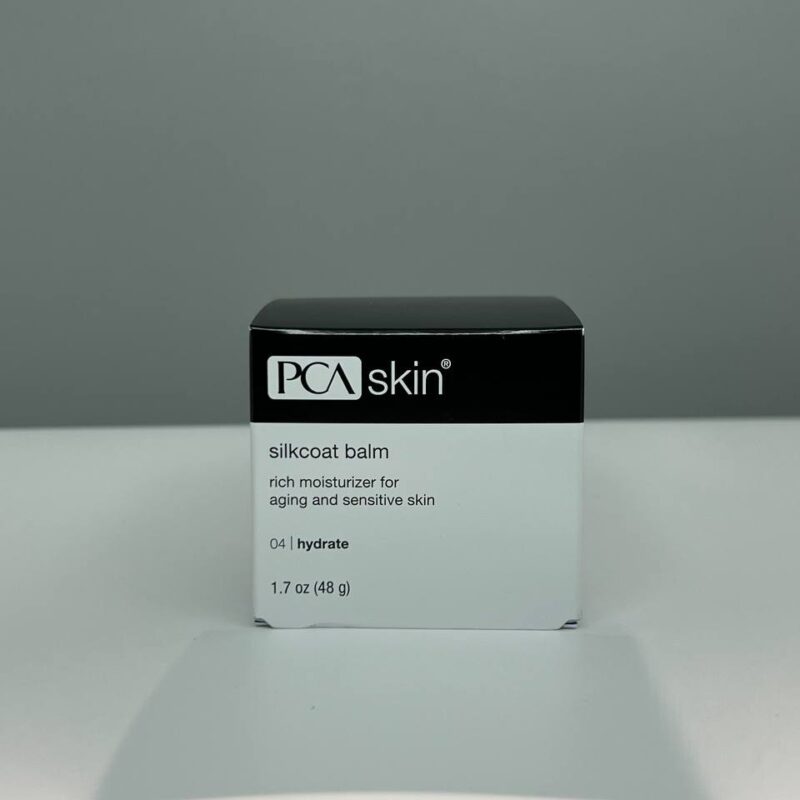Waxing and sugaring are two popular hair removal methods for centuries to achieve smooth and hair-free skin. Both techniques involve the application of a sticky substance to the skin, which adheres to the hair and is then pulled off, removing the hair from its follicle.
What is waxing?
Waxing is a semi-permanent hair removal method that involves applying a sticky substance, such as wax, to the area you want to remove hair and then pulling it off quickly, along with the hair attached to it. The wax adheres to the hair shaft but not the skin, so it lifts the hair out of the follicle. This can be done repeatedly; the hair will become thinner and grow more slowly. There are a few different types of waxing, each with its advantages and disadvantages.
- Hard wax: This wax is heated to a high temperature and then applied to the skin in a thin layer. It is then pulled off quickly in the opposite direction of hair growth. Hard wax is often used for sensitive areas, as it is less likely to irritate.
- Soft wax: This type of wax is applied in a thicker layer than hard wax and is then pulled off in the same direction of hair growth. Soft wax is often used for larger areas, such as the legs and arms.
- Strip wax: This wax is applied in a thin layer and then covered with a strip of fabric. The strip is then pulled off quickly, removing the wax and hair. Strip wax is a good option for people new to waxing, as it is easy to use and less likely to cause pain.
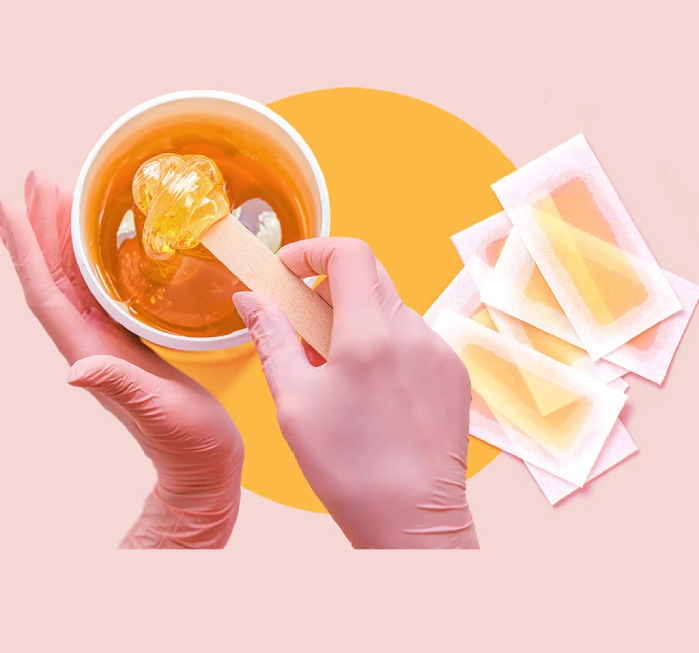
The Perfect 7-Step to Build Night Skincare Regimen
How does waxing work?
Waxing is a popular method of hair removal that involves applying a sticky substance, such as wax, to the area you want to remove hair from and then pulling it off quickly, along with the hair attached to it. The wax adheres to the hair shaft but not the skin, so it lifts the hair out of the follicle. Here is a step-by-step guide on how waxing works:
- Preparation: Before waxing, it is essential to exfoliate the area to remove dead skin cells and make the waxing process more effective. You should also trim the hair to around ¼ inch long.
- Application: The wax is applied thinly to the area you want to remove hair. The direction of application will depend on the type of wax being used. For example, hard wax is typically applied in the opposite direction of hair growth, while soft wax is involved in the same direction.
- Wax Hardening: The wax is then allowed to harden. The time it takes to set will vary depending on the wax used.
- Removal: Once the wax is hardened, it is quickly pulled off in the opposite direction of hair growth. The wax will lift the hair out of the follicle.
- Aftercare: After waxing, applying a cool compress to the area is vital to reduce redness and irritation. You should also avoid wearing tight-fitting clothing and swimming or sweating for a few hours.
Types of massages and their benefits | Pick the right one
Pros and Cons Waxing
Pros of waxing
- Long-lasting results: Waxing removes hair from the root, so the hair grows back finer and softer, taking 2-8 weeks to reappear.
- Smooth, hairless skin: Waxing leaves the skin feeling soft and hairless for an extended period.
- Effective for all skin types: Waxing can be used on all body areas, including sensitive areas like the bikini line and underarms.
- Reduces ingrown hairs: Waxing can help to reduce ingrown hairs by removing hair from the root and preventing it from curling back into the skin.
- Affordable: Waxing is a relatively cheap hair removal method compared to laser hair removal.
Cons of waxing
- Painful: Waxing can be pretty sad, especially for first-timers. The pain can be reduced by taking over-the-counter pain relievers, applying a numbing cream, and exfoliating the area before waxing.
- Irritation: Waxing can cause redness, irritation, and ingrown hairs, especially for people with sensitive skin. To reduce irritation, it is essential to follow proper aftercare procedures and avoid waxing while the skin is irritated.
- Requires professional care: Waxing is best done by a professional to ensure proper technique and avoid potential skin injuries.
- Not suitable for short hair: For waxing to be effective, the hair needs to be at least ¼ inches long.
- May cause skin breakage: Waxing can sometimes cause the skin to tear, resulting in minor cuts or abrasions.
Introducing 10 of Summer 2024’s Hairstyle Trends
Waxing is a popular and effective hair removal method that can provide long-lasting results, but it’s essential to consider the potential pain and irritation before deciding.

How does sugaring work?
Sugaring is an ancient hair removal method that is similar to waxing. However, there are some critical differences between the two methods.
Waxing uses a sticky substance like hot wax to adhere to the hair and pull it out of the follicle. On the other hand, sugaring uses a mixture of sugar, lemon juice, and water to create a paste that is applied to the skin in the opposite direction of hair growth. The paste is then rolled off toward hair growth, removing the hair from the root.
Here are some of the critical differences between waxing and sugaring:
- Temperature: Sugaring paste is applied at room temperature while waxing wax is heated to a high temperature. This makes sugaring less painful than waxing, especially for people with sensitive skin.
- Adhesion: Sugaring paste adheres to the hair shaft but not to the skin while waxing wax adheres to both. This makes sugaring less likely to irritate.
- The direction of removal: Sugaring paste is removed in the direction of hair growth while waxing wax is released in the opposite direction. This makes sugaring more gentle on the skin and less likely to cause breakage.
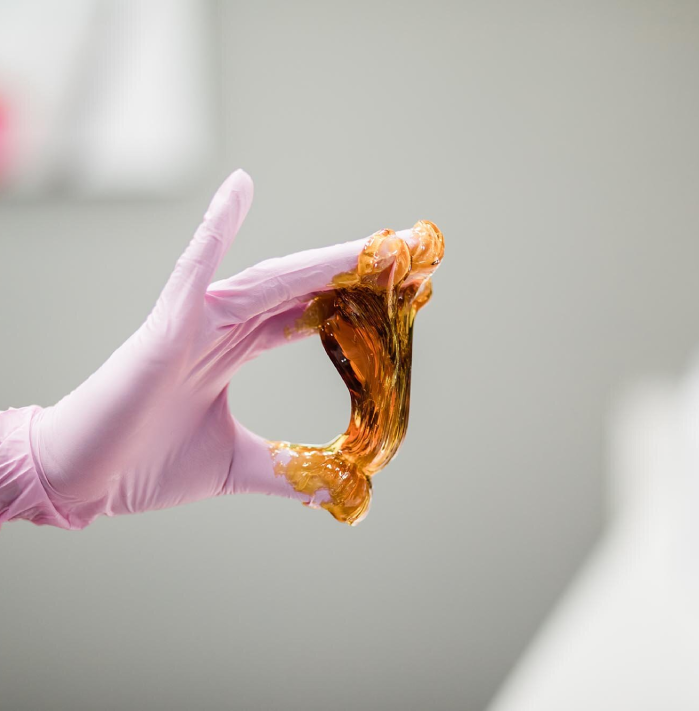
Here is a step-by-step guide on how sugaring works:
- Preparation: Before sugaring, the area to be treated is exfoliated to remove dead skin cells and make the process more effective. The hair should also be trimmed to around ¼ inch long.
- Application: The sugar paste is applied in a thin layer to the area to be treated. The direction of application will vary depending on the practitioner’s technique.
- Rolling: The sugar paste is then rolled off the skin toward hair growth. The paste will lift the hair out of the follicle.
- Aftercare: After sugaring, the area is cleansed and moisturized. For a few hours, avoid wearing tight-fitting clothing and swimming or sweating.
White hair removal by electrolysis
Cons and Pros of sugaring
Pros of sugaring:
- Less painful than waxing: Sugaring is generally considered less painful than waxing, as the paste is applied at room temperature and adheres to the hair shaft rather than the skin, reducing skin irritation.
- Less likely to irritate: Sugaring is often gentler on the skin than waxing, as it adheres to the hair shaft and not the skin cells, reducing the risk of redness, inflammation, and ingrown hairs.
- More gentle on the skin: Sugaring is less likely to cause breakage or damage, as the paste’s gentle rolling motion minimizes skin tension.
- Suitable for all hair types: Sugaring can effectively treat various hair types, including coarse, thick, and refined.
- Natural and biodegradable: Sugaring paste is made from natural ingredients, such as sugar, lemon juice, and water, and is biodegradable, making it a more eco-friendly hair removal option.
- Easy to DIY: Sugaring paste can be easily made at home, saving time and money compared to professional waxing services.
Cons of sugaring:
- Requires more skill to apply correctly: Sugaring requires more skill and technique than waxing. The paste must be applied evenly and in the correct direction to avoid tearing the skin or causing uneven removal.
- It may not be as effective for concise hair: Sugaring is most effective when it is at least ¼ inches long. Very short hairs may not be caught by the paste and may not be removed effectively.
- Can still irritate: Although sugaring is generally less irritating than waxing, some people may still experience redness, bumps, or ingrown hairs.
- Sugaring may not be suitable for all skin types. People with susceptible skin may find it too harsh. It is always a good idea to do a patch test on a small area of skin before undergoing sugaring.
Sugaring is a safe and effective hair removal method with several advantages over waxing. However, before deciding, it is essential to consider the potential drawbacks, such as the need for more skill and the possibility of irritation.
Ways to remove unwanted hair | Why electrolysis is the best way
What is the difference between waxing and sugaring?
- Temperature: Waxing involves applying hot wax to the skin, which can be uncomfortable for some people, especially those with sensitive skin. On the other hand, sugaring uses room-temperature sugar paste, which is less likely to cause pain or irritation.
- Adhesion: Waxing wax adheres to the hair shaft and the skin while sugaring paste only adheres to the hair shaft. This means that sugaring is less likely to cause skin irritation, as the paste does not pull on the skin as much as waxing wax.
- Direction of removal: Waxing wax is typically removed in the opposite direction of hair growth, which can be more painful than removing sugaring paste in the direction of hair growth. The gentle rolling motion of the sugaring paste also minimizes skin tension, further reducing pain.
- Pain: Waxing is generally more painful than sugaring, especially for first-timers. Sugaring is often described as more like a gentle exfoliation than a painful pulling sensation.
- Irritation: Both waxing and sugaring can cause some irritation, especially for people with sensitive skin. However, sugaring is generally less likely to cause redness, bumps, or ingrown hairs, as it is less likely to pull on the skin and is made from natural ingredients.
- Suitability for skin types: Waxing is most suitable for people with average to oily skin, as it can clog pores on dry skin. Sugaring can be used on all skin types, including sensitive skin.
- Natural ingredients: Waxes are typically made from synthetic ingredients, while sugar paste is made from natural ingredients, such as sugar, lemon juice, and water. This makes sugaring a more natural and eco-friendly hair removal option.
- Difficulty: Waxing is relatively easy to learn and apply, especially with the help of strips. On the other hand, sugaring requires more skill and technique to use correctly, as the paste can be sticky and difficult to control.
Ultimately, the best hair removal method depends on your preferences, pain tolerance, and skin type. Sugaring may be a good choice for a less painful and natural option. However, waxing may be a better option if you prefer a more straightforward method that is easier to learn.
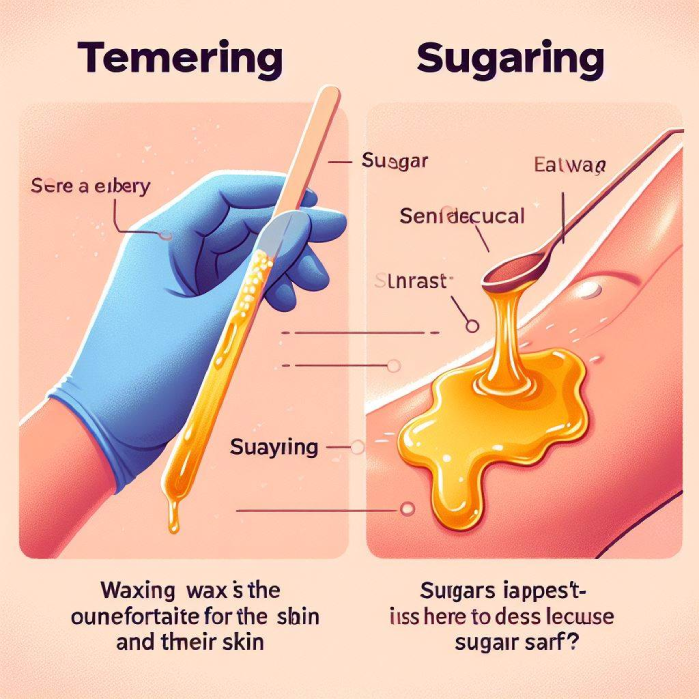
What Body Areas Can Be Sugared or Waxed?
Both waxing and sugaring can be used on a variety of body areas, including:
- Legs: Legs are one of the most common areas to get waxed or sugared. The hair on the legs tends to be coarse and thick, so wax or sugar can remove it effectively.
- Underarms: Underarms are another popular area for waxing or sugaring. The hair in this area is often dark and coarse, so wax or sugar can remove it quickly and effectively.
- Bikini line: The bikini line is a delicate area sensitive to waxing or sugaring. However, both methods can safely and effectively remove hair from this area.
- Eyebrows: Eyebrows can be waxed or sugared to shape and define them.
What is eyebrow threading | best eyebrow threading in Bradford
- Upper lip: The upper lip can be waxed or sugared to remove unwanted hair.
- Face: Waxing or sugaring can remove hair from the face, such as on the chin, cheeks, and upper lip.
- Arms: Arms can be waxed or sugared to remove unwanted hair.
- Back: The back can be waxed or sugared to remove unwanted hair, especially for men.
- Brazilian: The Brazilian is the most thorough waxing or sugaring treatment, removing all hair from the pubic and surrounding areas.
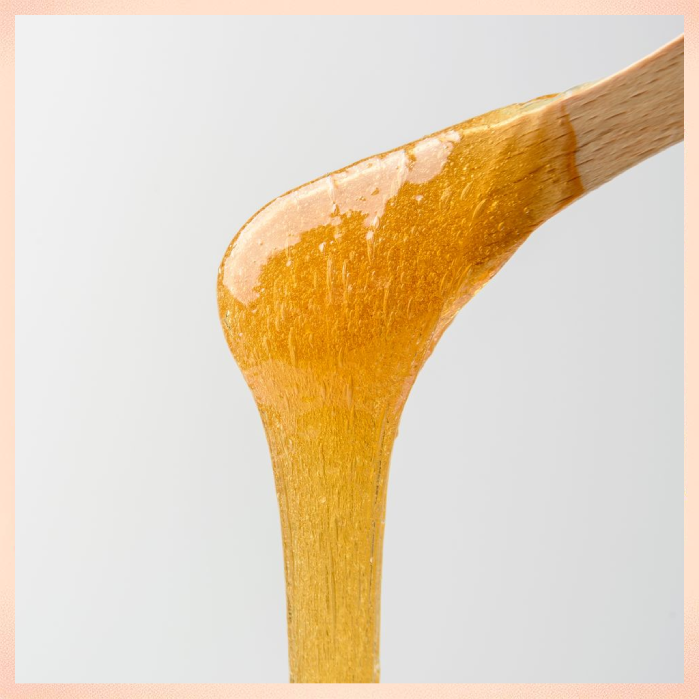
How is the sugaring and waxing aftercare?
Both waxing and sugaring can cause some irritation, so it is essential to follow proper aftercare instructions to minimize discomfort and promote healing. Here are some general guidelines for waxing and sugaring aftercare:
Immediately after the treatment
- Apply a cool compress to the area to reduce redness and swelling.
- Avoid touching the area to prevent infection.
- Moisturize the area gently to help prevent dryness.
10 simple tips to take care of dry hair
In the next few days
- Avoid wearing tight-fitting clothing or swimming in pools or hot tubs.
- Exfoliate the area gently to remove dead skin cells and prevent ingrown hairs.
- Avoid using harsh soaps or lotions.
- You can apply over-the-counter pain relievers or hydrocortisone cream if you experience any pain, redness, or swelling.
Tips for specific areas
- Legs: Avoid shaving for at least a week before waxing or sugaring.
- Underarms: Wear loose-fitting clothing to prevent irritation.
- Bikini line: Avoid shaving or waxing for at least a week after treatment to prevent ingrown hairs.
- Eyebrows: Avoid wearing makeup for at least 24 hours after treatment.
- Upper lip: Apply a cool compress to the area after treatment to reduce swelling.
- Face: Avoid excessive sun exposure after treatment to prevent hyperpigmentation.
- Arms: Wear sunscreen to protect the area from the sun.
- Back: Be careful not to scratch the area, which could lead to infection.
- Brazilian: Avoid intercourse for at least 24 hours after treatment.
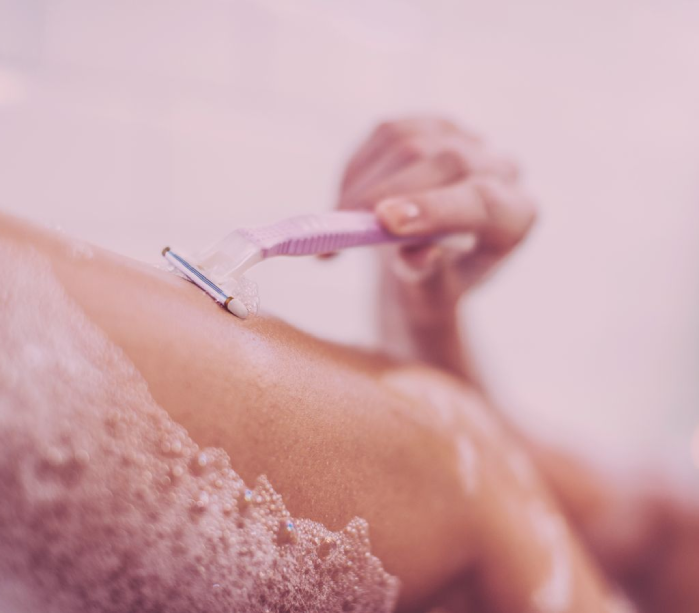
Know more about Studio Yasi services
Conclusion
In conclusion, waxing and sugaring are popular methods of hair removal that offer temporary smoothness by uprooting hair from the follicle. Waxing involves the application of heated wax, which is then removed with cloth or paper strips while sugaring utilizes a natural paste made from sugar, water, and lemon juice. The key differences lie in the ingredients used, the application technique, and the potential for skin irritation.
Waxing, with its various types of wax, is a well-established method that provides long-lasting results by removing hair from the root. On the other hand, sugaring is often considered a gentler alternative due to its natural composition and the fact that it adheres less to the skin. While both methods offer effective hair removal, personal preferences, skin sensitivity, and individual pain tolerance play crucial roles in choosing between waxing and sugaring. Ultimately, the decision should be based on unique comfort and desired results.
FAQs
Do you want Waxing And Threading? please call
 4168974735
4168974735
A: Both waxing and sugaring can be painful, especially for first-timers. However, the pain is usually temporary and subsides within a few hours. You can reduce the pain by taking over-the-counter pain relievers, applying a numbing cream, and exfoliating the area before waxing or sugaring.
A: The hair will last about 2-8 weeks after waxing or sugaring. This is because waxing or sugaring removes the hair from the root, so it takes longer to grow back.
A: Yes, you can wax or sugar yourself at home. However, it is essential to practice on a small area first to make sure you know how to do it correctly. You can also purchase kits at most drugstores.
A: The most common risks of waxing or sugaring are redness, irritation, and ingrown hair. These risks can be minimized by following proper aftercare instructions. In rare cases, waxing or sugaring can cause more severe problems, such as infection or allergic reactions.
A: The main difference between waxing and sugaring is the temperature of the material used. Waxing involves applying hot wax to the skin, while sugaring involves applying room-temperature sugar paste. Sugaring is also generally considered to be less painful than waxing.
A: The best method for you depends on your preferences and pain tolerance. 0If you are looking for a less painful and more natural option, sugaring may be a good choice. However, waxing may be a better option if you prefer a more straightforward method that is easier to learn.

